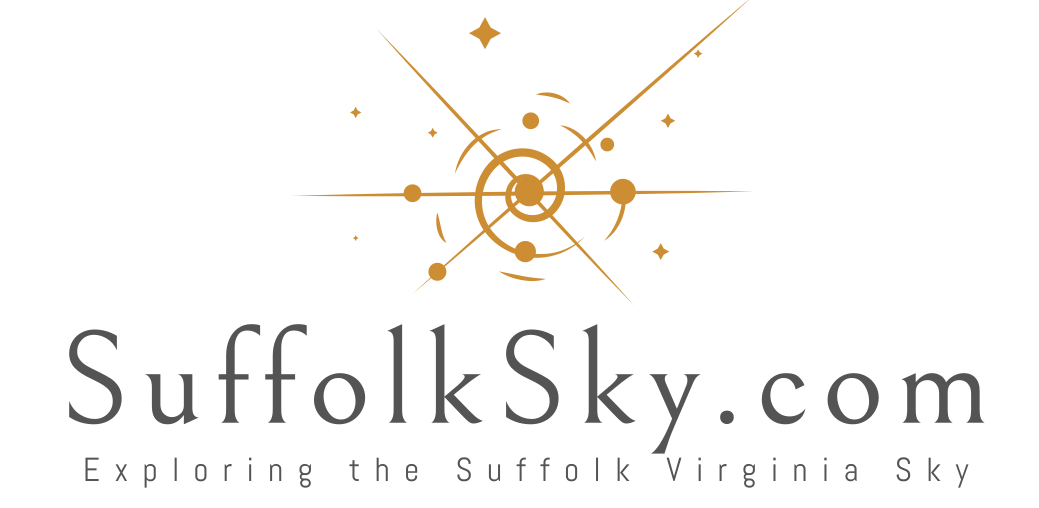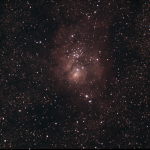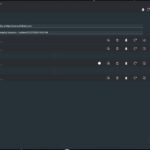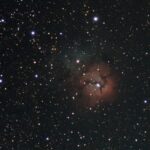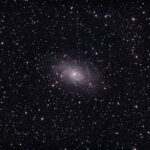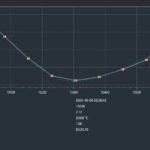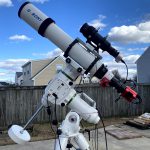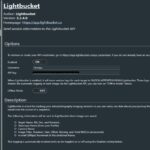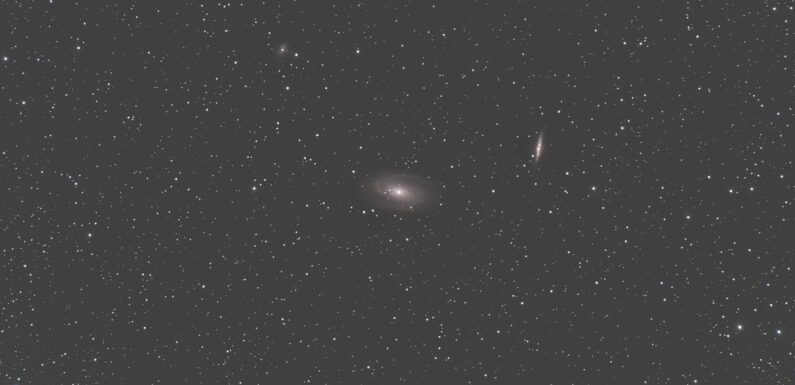
Happy New Year!!! First light captured in 2025 on a cold clear night. A thin waxing crescent Moon in the west set shortly after the Sun. For this session I swapped out the ZWO Duo-Band filter for the SVBONY SV240 Multi-Narrowband filter to collect some light from the galaxies M 81 and M 82. Framed on Messier 81 and started the NINA sequence just after 9 PM. Collected light through out the night with the sequence ending just after 4 AM on 01/02/2025.
| Primary (Imaging) | Secondary (Guiding) |
|---|---|
| Scope: Astro-Tech AT66ED with .8 Focal Reducer (320mm – F/4.8) Filter: SVBONY SV240 Multi-Narrowband filter Camera: ZWO ASI294 MC Pro, Cooled to -10 C Focuser: Gemini Autostar Focuser Mount: Sky Watcher EQ6-R Pro |
Scope: SVBONY SV165 30mm F/4 Guide Scope Camera: Orion Star Shooter Autoguider (OSSAG) |
| Telescope Control, Image Acquisition, and Image Processing Software | |
|
Equipment Control and Imaging Software: NINA/PHD2/ASCOM on a Mini-PC Processing Software: Siril’s Interactive Companion (Sirilic), PixInsight |
|
The grand design spiral galaxy Messier 81 (M 81), Bode’s Galaxy, and the star burst galaxy Messier 82 (M 82), the Cigar Galaxy, are located in the constellation of Ursa Major. These galaxies are approximately 12 million light years from Earth. M 81 and M 82 are approximately 150,000 light years apart. These galaxies, along with a few other in the FOV are members of the M81 Group.
This is a Sirilic stack of 120 x 180 second exposures (6 hours) at 121 gain, 30 offset, and bin 2×2. Processed in PixInsight. There were some weird gradients so I created a synthetic flat to process them out.
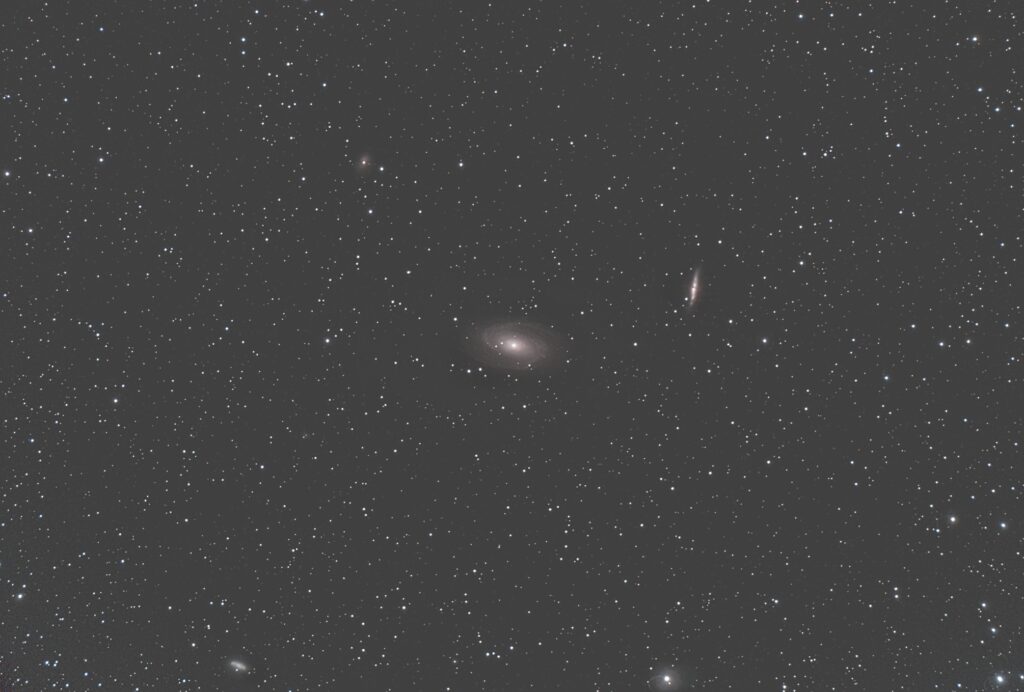
M 81 is in the center of the FOV and M 82 is up and to the right. The spiral arms of M81 look really nice. Some decent details can also be seen in M82. There is a bright star at the lower edge just right of center that has a large halo and a weird reflection, I believe this was caused by the SVBONY SV240 Multi-Narrowband filter. The 320mm focal length of the AT66ED with the reducer is not ideal for these targets, still not a bad image of these two interesting galaxies.
NGC 3077, NGC 2976, and a couple other distant galaxies are also visible in the FOV.
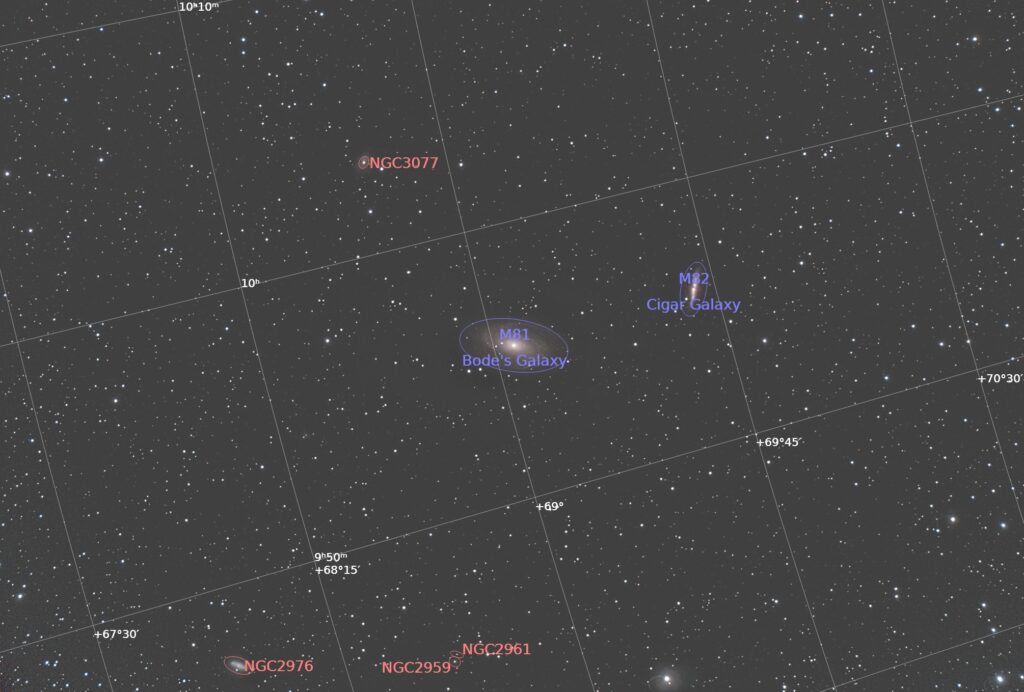
We are suppose to have a couple more clear nights over the next few days… not a bad start to the New Year. I am going to switch back to the Duo-Band filter and go after a few more nebula… not the right time of year or the best focal length for collecting photons from galaxies.
HAPPY NEW YEAR!!! Clear skies…
